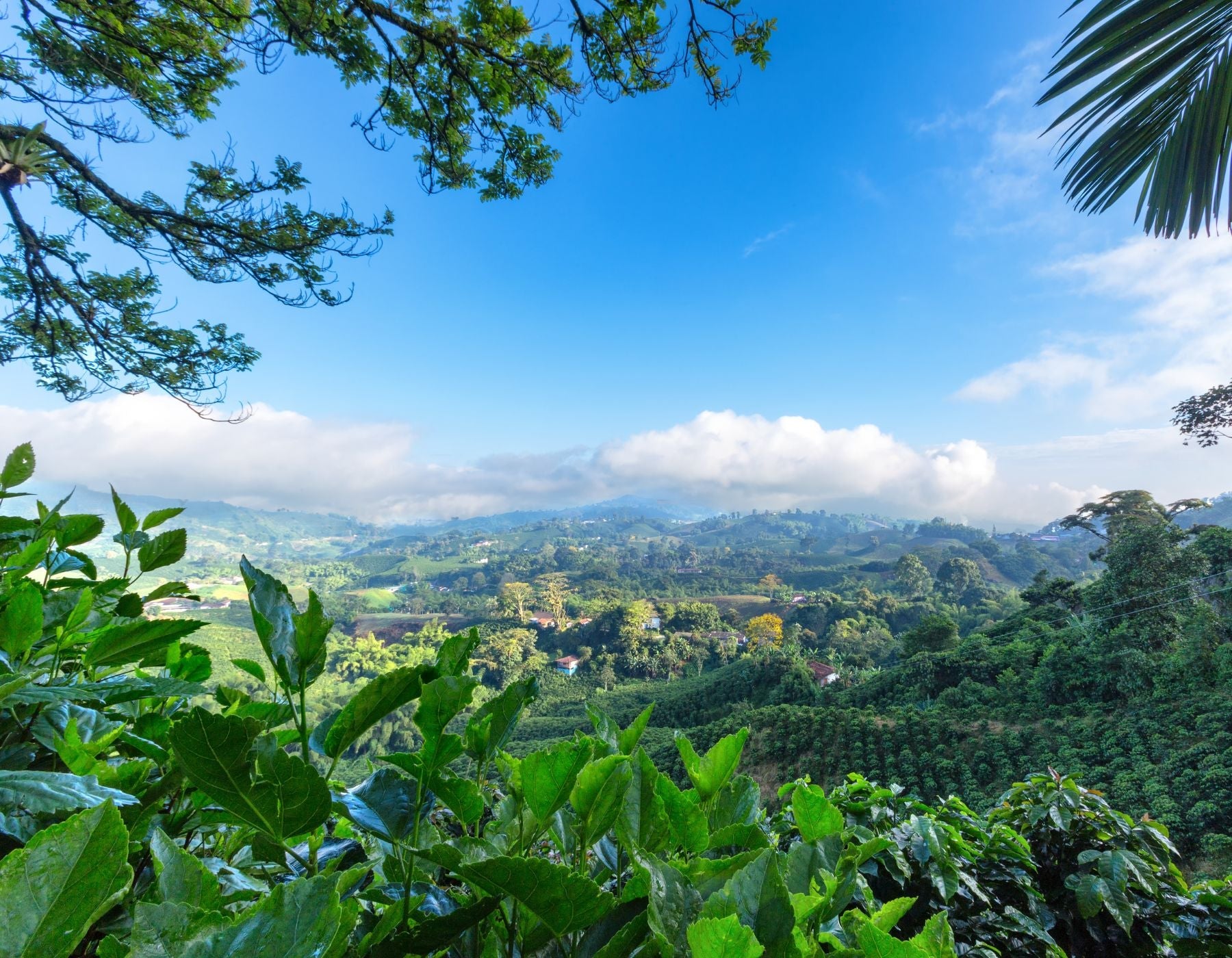By: Isa Pili Gómez
Turkish coffee, prepared using a centuries-old cooking method, is consumed by millions of people worldwide and remains a pleasure for the palate.
On February 6, 2023, a high-magnitude earthquake occurred in Turkey, garnering worldwide attention and support for the Turkish people. The United States, led by its president, ordered a close analysis of the situation to provide necessary aid. In Colombia, various means have been established to help through the Turkish embassy with donations and rescue equipment. Countries around the world are joining together with gestures of solidarity in response to the tragedy currently affecting the Turkish people.
Try These Options For An Amazing Turkish Coffee
 |
 |
 |
| Matiz Ambar Coffee | Sello Rojo Coffee | Classic Roast Coffee |
Turkey, located between Asia and Europe, needs to be remembered not only for the immediate support it is receiving but also for its traditions and contributions to humanity. In this post, we want to highlight a cultural aspect of our friend country: Turkish coffee.
A brief history will provide context for the birth of Turkish coffee, the customs of the Turkish people regarding its preparation, consumption, and the human relationships that form around it. Additionally, a brief description of Arabica coffee (used in the famous Turkish coffee) in its form and production will help us understand the origin of its delightful taste.
The Turkish Drink It was during the Ottoman Empire in the 16th century when coffee arrived in Turkey, beginning a tradition that spread after the sultan authorized its consumption by the people. It became so popular in the homes of every inhabitant that UNESCO declared Turkish coffee, or Oriental coffee, intangible cultural heritage of humanity in 2013 after 500 years of history.
Tradition dictates that Turkish coffee is prepared with finely ground Arabica coffee, resembling the texture of flour, and is known for its concentrated and aromatic qualities. After grinding the coffee beans, people generously pour the powder and cold water into an ibrik or cezve, a small copper container that is heated over low heat and stirred until boiling. It is then left to rest for a few minutes before being served unfiltered in small cups called fincans. It is usually accompanied by a sweet snack and a glass of water, served in beautiful regional dishware. Coffee served with sugar is called "woman's coffee," while unsweetened coffee is called "man's coffee." It's essential to note that the coffee is allowed to rest and sediment settles at the bottom of the container before consumption.
Daily shared coffee among family members serves as a space for interaction and is typically distributed after dinner. When enjoyed with friends, it symbolizes hospitality; the guest is served first, and it is said to predict 40 years of friendship.
The popularity of coffee extended beyond homes and into offices and restaurants. In the 20th century, numerous cafés emerged where intellectuals engaged in extensive conversations around cultural events, highlighting poetry, narrative, music, and literature. Throughout Turkey, particularly in Ankara and Istanbul, traditional venues such as Kirit, Cafemiz, Gramofon, Firin Sogutozu, Mandabatmaz, Corlulu Ali Pasha Medresesi, Fazıl Bey'in Turk Kahvesi, Cumbali Kahve, and Şark Kahvesi can still be found, where one can enjoy coffee as if transported to the early 20th century.
Coffee is a daily staple in Turkey and even plays a role in Turkish weddings. Elders' stories tell of the groom and his parents visiting the bride's home before the wedding day to officially ask for her hand in marriage. The bride prepares Turkish coffee for her fiancé and attendees, and the gathering is where the couple receives their blessing.
Coffee also plays a part in fortune-telling, as some people used, and still use, the residue at the bottom
For a similar taste of a traditional turkish coffee you can buy any of our dark roast coffees here.



